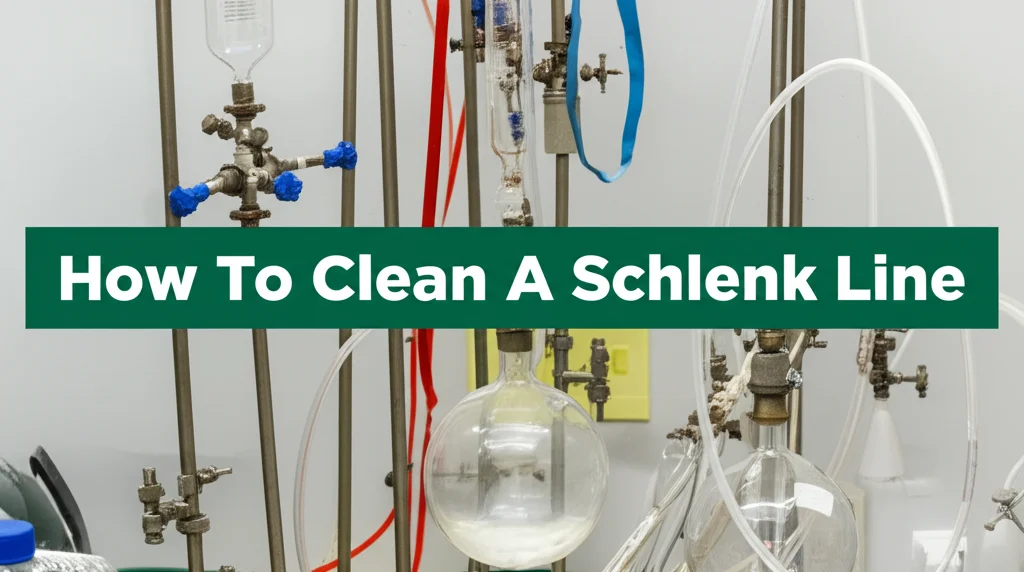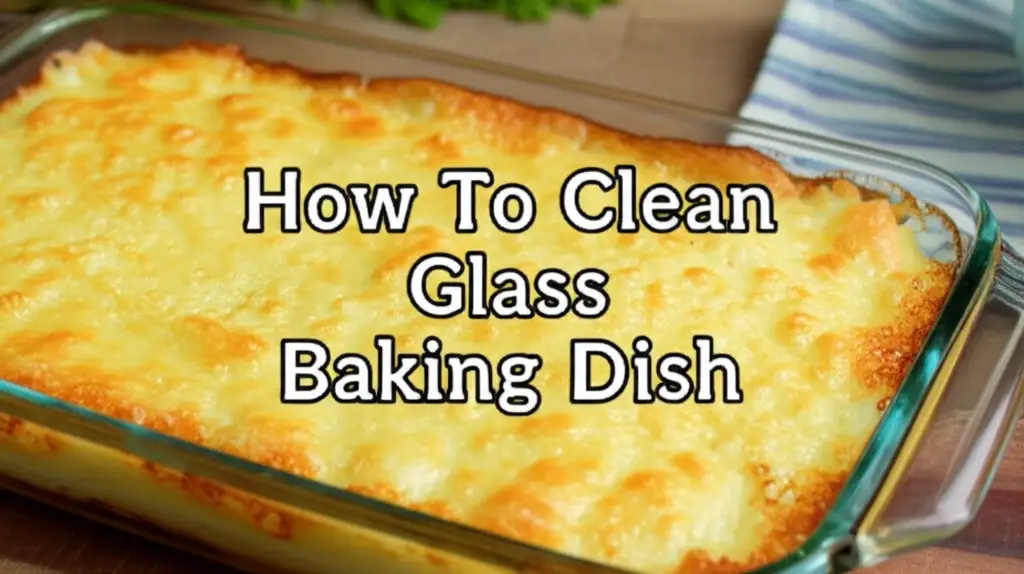· Chemistry & Lab Equipment · 6 min read
How To Clean A Schlenk Line

Keeping Your Research Flowing: How To Clean A Schlenk Line
Maintaining a clean Schlenk line is crucial for any chemistry lab working with air- or moisture-sensitive compounds. A contaminated Schlenk line can introduce impurities into your reactions, leading to inaccurate results and wasted time. This article will guide you through the process of effectively cleaning your Schlenk line, ensuring optimal performance and safety. We’ll cover everything from routine maintenance to tackling stubborn blockages, helping you keep your research flowing smoothly. Let’s dive into the best practices for a pristine Schlenk line.
Takeaway:
- Regularly flush the line with an inert gas.
- Use appropriate solvents for cleaning based on contamination.
- Check and grease all stopcocks frequently.
- Periodically disassemble and thoroughly clean individual components.
What is a Schlenk Line and Why Clean It?
A Schlenk line is a specialized piece of laboratory glassware used to manipulate air-sensitive compounds under an inert atmosphere, typically nitrogen or argon. It allows chemists to perform reactions and transfers without exposure to air or moisture. Over time, residues from reactions, solvent vapors, and even dust can accumulate within the line, causing blockages and compromising the inert atmosphere. A clean Schlenk line ensures the integrity of your experiments and prevents unwanted side reactions. Regular cleaning is therefore not just good practice, it’s essential for reliable results.
Routine Maintenance: Daily and Weekly Checks
Simple, consistent maintenance can prevent major cleaning headaches down the road. Daily checks should include a visual inspection of all glassware for cracks or damage. Weekly, you should flush the entire Schlenk line with an inert gas, like nitrogen or argon, for at least 30 minutes. This helps remove any accumulated solvent vapors or air.
- Inert Gas Flush: Connect a source of inert gas to the Schlenk line and open all stopcocks sequentially, allowing the gas to flow through the entire system.
- Stopcock Check: Ensure all stopcocks turn smoothly and are properly lubricated. If they feel stiff, they need greasing.
- Vacuum Check: Briefly pull a vacuum on the line to check for leaks. Leaks indicate potential contamination points.
Maintaining this routine is similar to how often to clean windows – small, regular efforts prevent bigger problems later.
Identifying Common Contaminants
Before you start cleaning, it’s important to identify what you’re dealing with. Common contaminants in a Schlenk line include:
- Polymerized Monomers: Especially common when working with unsaturated compounds.
- Oxides and Hydroxides: Formed from reactions with air or moisture.
- Solid Reaction Byproducts: Precipitated solids from your reactions.
- Grease Degradation: Old or incompatible grease can break down and clog the line.
Knowing the likely contaminants will help you choose the appropriate cleaning solvents. For example, polymerized monomers might require a more aggressive solvent than simple solvent vapors.
Choosing the Right Cleaning Solvents
The choice of solvent depends on the type of contamination. Here’s a breakdown of commonly used solvents:
- Hexane or Pentane: Excellent for removing non-polar contaminants like oils and greases.
- Diethyl Ether or THF: Good for dissolving a wider range of organic compounds, but use with caution due to peroxide formation.
- Acetonitrile: Useful for dissolving polar contaminants.
- Ethanol: Can be used for a final rinse to remove any remaining residues.
Important Safety Note: Always consult the Safety Data Sheet (SDS) for each solvent before use and follow proper safety precautions. Never mix incompatible solvents. Proper solvent disposal is also crucial.
If you’re dealing with stubborn residues, consider using a sonicator to enhance the cleaning process. This is similar to how to clean a copper still where agitation helps loosen difficult deposits.
Disassembly and Thorough Cleaning
For a deep clean, you’ll need to disassemble the Schlenk line. This involves carefully disconnecting all glassware and tubing.
- Disconnect Components: Carefully disconnect all glassware, tubing, and stopcocks.
- Solvent Soak: Place each component in a beaker with an appropriate cleaning solvent and let it soak for several hours, or overnight for stubborn residues.
- Scrubbing (if necessary): Use a soft brush to gently scrub any remaining residues. Avoid abrasive cleaners, as they can scratch the glass.
- Rinse Thoroughly: Rinse each component thoroughly with distilled water, followed by the cleaning solvent, and finally with the inert gas.
- Dry and Reassemble: Allow all components to dry completely before reassembling the Schlenk line.
Remember to lubricate all stopcocks with a high-vacuum grease before reassembly. This ensures smooth operation and prevents air leaks. Proper lubrication is as important as how to clean a pool liner above the water line to maintain functionality.
Addressing Blockages in the Schlenk Line
Blockages can occur due to polymerized materials or solid deposits. Here’s how to address them:
- Gentle Heating: Carefully warm the blocked section of the line with a heat gun (low setting) to soften the blockage. Do not overheat!
- Solvent Flushing: Force a strong solvent through the blockage using a syringe or a pressurized gas line.
- Wire or Tubing: Carefully insert a thin wire or piece of tubing to physically dislodge the blockage. Be extremely careful not to damage the glassware.
- Ultrasonic Cleaning: If the blockage is in a detachable component, ultrasonic cleaning can be very effective.
If you’re unable to clear a blockage, it may be necessary to replace the affected glassware. Sometimes, a blockage is similar to how to clear a clogged oil line and requires a bit of persistence.
Preventing Future Contamination
Prevention is always better than cure. Here are some tips to minimize contamination:
- Use High-Purity Solvents: Always use anhydrous and degassed solvents.
- Proper Drying Techniques: Ensure all glassware is thoroughly dried before use.
- Regular Grease Replacement: Replace stopcock grease regularly.
- Filter Solvents: Consider filtering solvents through a drying agent to remove any residual moisture or particles.
- Dedicated Lines: If possible, dedicate separate Schlenk lines for different types of reactions to avoid cross-contamination.
Frequently Asked Questions (FAQ)
Q: How often should I completely disassemble and clean my Schlenk line? A: A complete disassembly and cleaning should be performed every 6-12 months, depending on the frequency of use and the types of reactions being performed. More frequent cleaning may be necessary if you notice signs of contamination or blockages.
Q: What type of grease is best for Schlenk line stopcocks? A: High-vacuum grease, such as Dow Corning High Vacuum Grease, is recommended. It provides a good seal and is compatible with most solvents.
Q: Can I use strong acids or bases to clean my Schlenk line? A: Avoid using strong acids or bases, as they can etch the glass and potentially cause leaks. Stick to the recommended solvents.
Q: How do I know if my Schlenk line is properly sealed? A: Perform a vacuum leak test. If the vacuum holds for an extended period, the line is properly sealed.
Q: What should I do if I suspect peroxide formation in my ether solvents? A: Do not use the solvent. Peroxide formation is a serious safety hazard. Dispose of the solvent properly and test new batches regularly.
Conclusion
Cleaning a Schlenk line is a vital part of maintaining a safe and efficient chemistry lab. By following these guidelines for routine maintenance, identifying contaminants, choosing the right solvents, and performing thorough cleaning procedures, you can ensure your Schlenk line remains in optimal condition. Remember, a clean Schlenk line translates to reliable results and a smoother research process. Don’t underestimate the importance of this often-overlooked task – it’s a cornerstone of successful air-sensitive chemistry. Take the time to properly clean and maintain your Schlenk line, and your experiments will thank you.
- Schlenk line
- Lab cleaning
- Inert atmosphere
- Vacuum line
- Glassware cleaning




